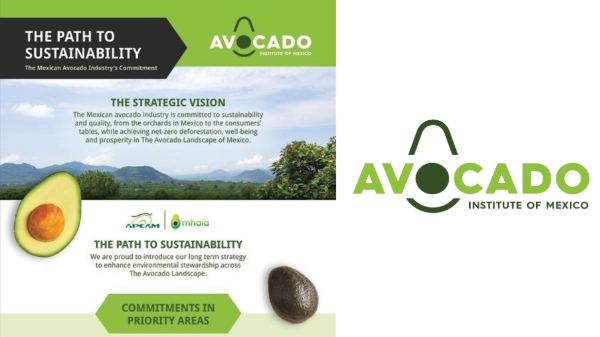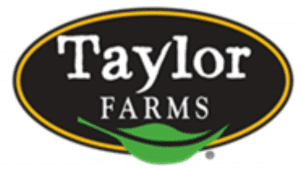Welcome to Blue Book!
Are you ready to join the thousands of companies who rely on Blue Book to drive smarter decisions? View our plans and get started today!
Still have questions? We’d love to show you what Blue Book can do for you. Drop us a line– we’ve been waiting for you.

Much of Peru’s recent success as a produce exporter can be attributed to an ocean current named for a Prussian naturalist.
Geographer and explorer Alexander von Humboldt traveled Latin America from 1799 to 1804 tracking a Pacific Ocean current that flowed from Antarctica along the western coast of South America to northern Peru. This ‘Humboldt Current’ helps create the cool mist that blankets Peru’s tropical plants, augmenting the region’s infrequent rainfall. Combined with volcanic soil, snowmelt from the Andes, and proximity to the Equator—all contribute to Peru’s vibrant agriculture industry and thriving produce trade.
A Fertile Export Market
Today’s Peru has a population of just over 30 million and is comprised of the province of Lima (the nation’s capital, in the center of the country along the Pacific Ocean), and 25 individually-governed regions. Though diplomatic relations with the United States were established back in 1827, the U.S.-Peru Trade Promotion Agreement is a much more recent development, signed in 2009.
Competitive labor costs, local laws friendly to business, and major economic growth through trade with the United States, European Union, and China have contributed to Peru’s rise as a significant produce exporter. Though not native to Peru, green asparagus became the country’s breakthrough fresh produce export. The rich, sandy soil, perpetual spring-like conditions, and demand for year-round availability created a market Peru was ideally suited to fill. “Peru has been exporting asparagus to the United States for over 25 years,” explains Priscilla Lleras, coordinator of the Miami, FL-based Peruvian Asparagus Importers Association, “with 85 percent of production focused on a timeframe when the United States has no production.”
Crystal Valley Foods of Miami has been importing Peruvian asparagus for the last two decades for customers in both the United States and Canada. As the years have passed, the Peruvian market has not only consistently met demand, but kept up with the world’s increasingly stringent food safety requirements. “Volumes exported have grown dramatically,” confirms Rick Durkin, Crystal Valley’s director of new business development. More importantly, he notes, “the sophistication of the growers in terms of food safety, traceability, and market awareness have changed to meet today’s expectations.”
Contributing to this success in U.S. markets has been the Peruvian Asparagus Importers Association, which supports the industry with a wealth of promotional materials, including category management plans for retailers to increase sales of asparagus. “Our industry and agency relationships have flourished due to our proactive collaboration to further trade of Peruvian asparagus,” says Lleras. “Fresh asparagus continues to be a high volume U.S. import, with over 403 million pounds annually.”








